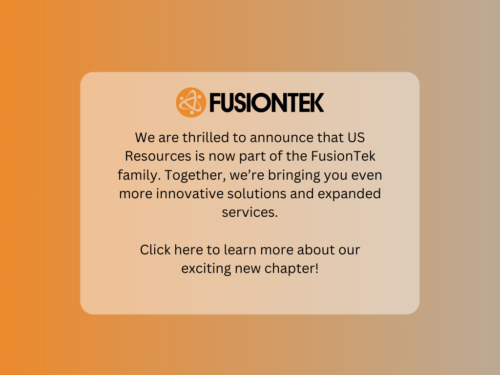Windows 10 has been a reliable operating system for many years, but its time is coming to an end. With Microsoft’s announcement of the Windows 10 end of life, users and businesses alike need to understand what this means for them.
This blog post will guide you through the implications, upgrade options, and steps for a smooth transition, ensuring that your technology remains up-to-date and secure.
Implications of Windows 10 End of Life
Windows 10 end of life means that Microsoft will no longer provide security updates, bug fixes, or technical support for Windows 10 after October 14, 2025. If this announcement has left you pondering your next steps, this is a good place to start.
Whether you’re a casual user or a business professional, understanding the ramifications of this transition is crucial.
Impact on Security
One of the most immediate concerns is the impact on security. With Windows 10 end of life, Microsoft will no longer provide security updates. This leaves your system vulnerable to new threats and exploits. Without regular updates, your computer becomes a prime target for hackers.
Compatibility Issues
Another significant issue is software compatibility. As newer software versions are released, they may no longer be compatible with Windows 10. This can lead to functionality problems and disrupt your daily activities. For businesses, this could mean that essential tools and applications may no longer work, causing operational hiccups and inefficiencies.
Business Implications
For businesses, not having a plan for Windows 10 end of life can lead to serious consequences. Downtime due to security breaches or compatibility issues can be costly, and the lack of support could lead to compliance risks, especially for industries governed by strict data protection regulations. Companies will need to invest time and resources to ensure a smooth transition to a new operating system.
Your Upgrade Options
With Windows 10 nearing its end, you have a few upgrade options to consider. Of course, the most straightforward choice is upgrading to Windows 11. Windows 11 offers enhanced security features, better performance, and a modern interface, along with continued support.
Another option is exploring alternative operating systems like Linux or macOS, depending on your specific needs and compatibility requirements.
If you’re unsure which path to take, consult with an IT expert to evaluate the best option for your situation. Each operating system has its pros and cons, and an expert can help you make an informed decision.
Steps for Preparing for the Transition
Whether you choose to upgrade to Windows 11 or switch to a different operating system, here are some essential steps for preparing for the transition:
- Back Up Your Data: Before making any changes, it’s crucial to back up all your important data. Use external hard drives or cloud storage solutions to ensure everything is safely stored.
- Evaluate Hardware Compatibility: Ensure that your current hardware is compatible with the new operating system. Older machines may struggle to run the latest software efficiently, so you might need to invest in hardware upgrades.
- Plan for Downtime: Plan the transition during a period of low activity to minimize disruptions. Inform all stakeholders and ensure that everyone is prepared for any possible downtime.
Cost Considerations
Upgrading your operating system can come with a significant cost, especially for businesses with multiple devices. In addition to the software itself, there may be additional expenses for things like hardware upgrades or professional installation.
However, the cost of not upgrading and risking security breaches or compatibility issues could be much higher in the long run. It’s essential to budget and plan accordingly to avoid any financial surprises, which may involve research on current costs or consulting with an IT expert.
Start Your Upgrade with US Resources
The Windows 10 end of life marks the end of an era, but it also opens the door to new opportunities. By understanding the implications and preparing adequately, you can ensure a smooth transition to a more secure and efficient operating system. Don’t wait until the last minute; start planning your upgrade today.If you’re overwhelmed by the process, partner with US Resources for managed IT services.
Our experts can guide you through every step, ensuring a hassle-free transition. Set up a meeting with us today to learn more about how we can help you stay ahead of the curve.


